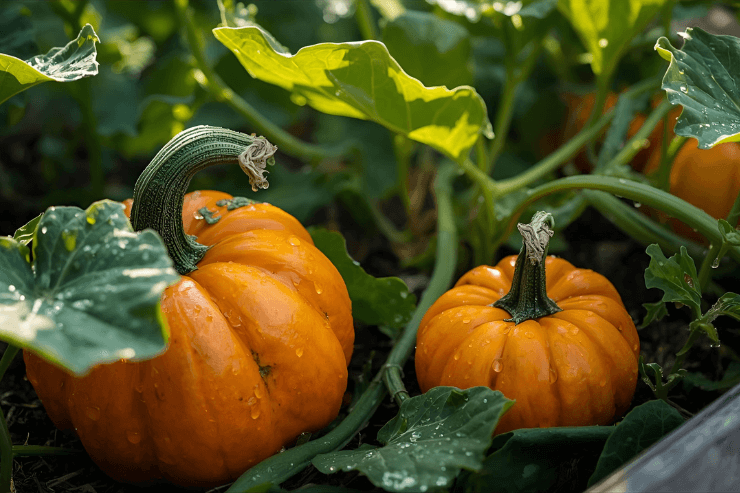
After mastering the basics of gardening and reaping the fruits of your labor, you might be ready to step up your gardening game. This chapter is dedicated to the advanced gardening techniques that can help maximize your garden’s productivity and introduce new elements to your gardening journey.
COMPANION PLANTING
Companion planting involves grouping certain plants together for mutual benefits, including pest control, improved growth, and maximized use of space.
Marigolds with Tomatoes: Marigolds can deter nematodes and other pests, providing a protective barrier for tomatoes.
Basil with Peppers: Basil helps repel pests that are attracted to pepper plants, and some gardeners believe it enhances the flavor of peppers.
CROP ROTATION
Crop rotation is a technique that involves changing the location of specific crops each year. This prevents the buildup of pests and diseases that can occur when the same plants are grown in the same spot year after year.
VERTICAL GARDENING
Vertical gardening is a great way to maximize space, especially for those with small gardens. Climbing plants like peas, beans, and some types of squash can be trained to grow up trellises, freeing up valuable ground space.
RAISED BED AND SQUARE FOOT GARDENING
Raised bed gardening allows for better control over soil conditions. Square foot gardening, a method where the garden is divided into square foot sections, maximizes space and allows for a visually appealing and productive garden.
AQUAPONICS AND HYDROPONICS
For those who want to push the boundaries of traditional gardening, aquaponics and hydroponics present an exciting opportunity. These systems rely on water—instead of soil—to deliver nutrients to plants. In an aquaponic system, fish and plants benefit mutually from each other, with fish waste providing nutrients for the plants.
PLANNING FOR NEXT SEASON
Even as you experiment with these advanced techniques, always keep an eye on the next season. Continue to observe and learn from your garden, adapting to its needs and developing a deepening understanding of the intricate world of gardening.
In the next chapter, we’ll explore ways to maintain a healthy garden ecosystem, highlighting the importance of nurturing not just your plants, but also the soil and organisms that make your garden thrive.


 Previous
Previous

